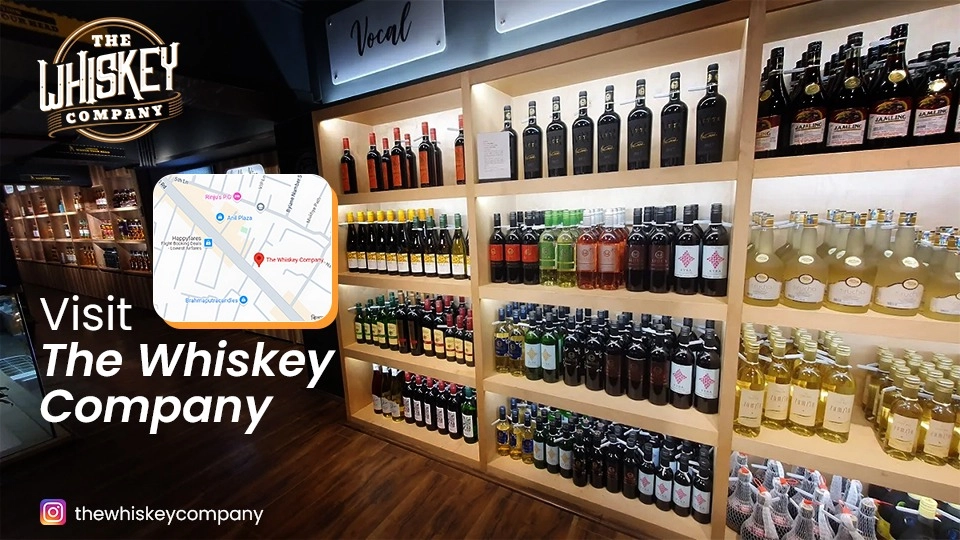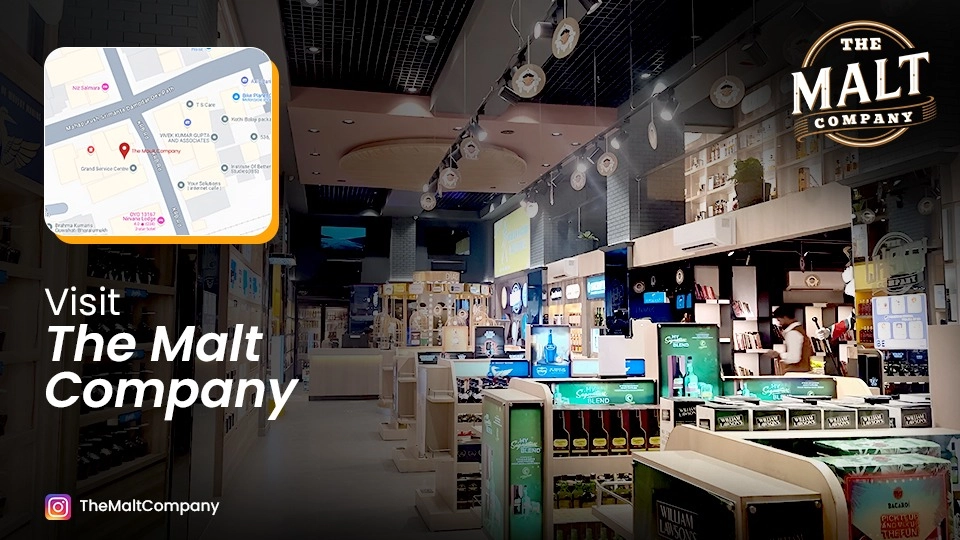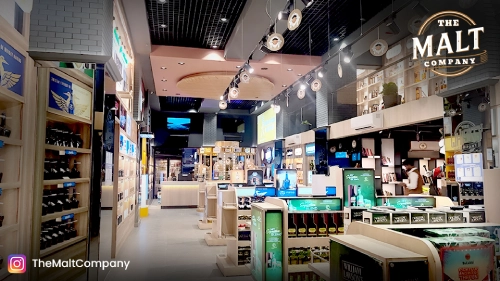If you enjoy beer, you’ve probably heard the craze for craft beer in recent years. It’s possible that you’ve even been at a pub gazing at two taps that appear very different and wondering, What’s the real difference between commercial beer and craft beer? Why is one a few dollars more expensive? Why does one simply mention “Lager” and the other has a quirky name like “Hazy Hop Explosion”?
We’re going to get deeply into the beer differences today, so fasten your seatbelt and grab a pint (or two). By the conclusion of this essay, you will be able to distinguish between your commercial beer and your craft beer, comprehend what does craft beer mean, and perhaps even be motivated to make your own best homemade beer.
Table of Contents
ToggleWhat Does Craft Beer Mean?
Before we pit craft beer vs regular beer, let’s define the star of the show.
A small, independent brewery that prioritizes quality, flavor, and brewing method produces craft beer. The U.S. Brewers Association states that a craft brewery is less than 25% owned by a large beverage company and produces 6 million barrels of beer or fewer each year.
Craft taste is all about creativity, consider fruity saisons, acidic sours, rich stouts, and hoppy IPAs. These brewers enjoy trying out different ingredients, brewing methods, and flavor combinations. The end result is Craft beer options that will please and amaze your palate in a way that you won’t find in the typical grocery store aisle.
On the other hand, commercial breweries are massive businesses that manufacture beer in large quantities for global distribution. From Budweiser to Heineken, these are the brands you find at every corner store. Their attention? Efficiency, global appeal, and consistency.
The Core Difference Between Commercial Beer and Craft Beer
| Aspect | Craft Beer | Commercial Beer |
| Production Size | Small batch | Large-scale mass production |
| Ownership | Independent | Corporate |
| Flavor & Variety | Diverse, experimental, bold | Predictable, consistent, mild |
| Ingredients | Premium, often locally sourced | Cost-effective, sometimes with adjuncts (like corn or rice) |
| Price | Generally higher | Generally lower |
The biggest beer differences boil down to passion vs production.
- Craft breweries brew with their heart.
- Commercial breweries brew with business in mind.
Craft Taste: Flavor You Can’t Forget
Compared to your typical lager, craft beer tends to have a deeper, stronger, and far more intriguing flavor. Why? Because craft taste, distinctive flavor profiles that stand out, is a top priority for craft brewers.
Every sip reveals a different story, whether it’s a tangy sour aged in oak barrels, a zesty IPA, or a chocolatey porter.
Commercial beer, on the other hand, is made to be enjoyed by all. It’s usually light-bodied, crisp, and refreshing, it’s easy to drink and doesn’t offend most people. Perfect for summertime cookouts? Of course. Craft, however, is the clear winner if you want your taste buds to throw a party.
Craft Beer vs Regular Beer: A Side-by-Side Drinking Experience
Picture this,
Let’s imagine you’re drinking a basic American lager, a popular commercial beer. It is light, clean, and somewhat bitter. It isn’t offensive, but it also doesn’t make you say, “WOW.”
You take a sip of a craft IPA from a nearby brewery now. Boom! Juicy citrus, piney hops, and a caramel backbone make your tongue quiver. Perhaps even a hint of tropical fruit might be detected. This illustrates the difference between craft and normal beer.
One is straightforward and secure, while the other is audacious and daring. It’s comparable to the distinction between a gourmet pie with sun-dried tomatoes, goat cheese, and roasted garlic and a regular cheese pizza. It all depends on your cravings, but each has a place!
Brewing Methods: Homemade Love vs Factory Efficiency
The brewing process is yet another significant difference between commercial beer and craft beer.
- Smaller batches are frequently brewed by Craft breweries, giving them more control over flavor and quality. For optimal scent, they will experiment with wild yeasts, change the recipe, or dry-hop.
- Highly automated systems are used by commercial breweries to guarantee that every bottle has the same flavor. Since brand identification relies heavily on consistency, innovation occurs slowly, if at all.
You are aware of the amount of love and imagination that goes into each bottle of homebrew if you have ever attempted to make your own. Craft brewers aim for the same spirit seen in the best homemade beer!
Ingredients: Quality vs Quantity
Craft beer makers are meticulous about their ingredients. Since they are aware that even the slightest alteration alters the craft taste, they will obtain organic hops, wild yeast strains, or local malt.
However, in order to save expenses and soften the flavor, commercial breweries frequently utilize adjuncts like corn, rice, or syrups. Their beer isn’t “bad”, rather, it’s designed to be drinkable rather than exciting.
You taste passion in a glass when you enjoy a craft beer brewed with Maris Otter malt and fresh Cascade hops.
The Culture: Community vs Corporation
The culture that surrounds craft beer is another significant difference between commercial beer and craft beer. Typically, craft breweries have strong ties to the areas in which they operate. They collaborate with nearby farms, throw events, and make beers that are influenced by their environment.
On the other hand, commercial brewery is multinational behemoths with sophisticated advertising campaigns and mass-market tactics. They have to do with scale, not closeness. Craft is the way to go if you want your money to support regional craftspeople and thriving brewing customs.
Craft Beer Options: The World Is Your Taproom
The abundance of craft beer options is one of the greatest benefits of being a craft beer enthusiast.
Do you want to age a vanilla stout in barrels of bourbon? Completed. A hazy, triple-hopped IPA with mango undertones? No issue. Raspberry and basil in a tart Berliner Weisse? You got it.
The variety of craft beer alternatives is as limitless as the brewers’ creativity. Commercial brewers, on the other hand, typically only have a small selection of lagers, pilsners, and sometimes a light ale.
Price: You Get What You Pay For
Indeed, craft beer frequently has a higher price tag than commercial beer. However, the additional $2–3 a pint goes toward supporting innovative brewing, high-quality ingredients, and small businesses.
Consider purchasing a handcrafted leather wallet as opposed to one manufactured in a fast-fashion factory. Artistry is what you’re paying for, not simply the final product.
Additionally, sipping a craft beer is an experience. Every brew is different, seasonal, and occasionally only available once!
Best Homemade Beer: The Ultimate Craft Dream
Have aspirations of creating your own incredible brew? You are among excellent people. Many aspiring professional craft brewers began as enthusiastic homebrewers who experimented in their garages with hops and malts.
Understanding the same concepts that characterize excellent craft brewing is essential to producing the best homemade beer
- Make use of high-quality, fresh ingredients.
- Adopt a creative mindset.
- Focus on technique and detail.
You will love the art of homebrewing if you appreciate craft taste.
Why The Difference Between Commercial Beer and Craft Beer Matters
There are more considerations besides flavor when deciding between commercial beer and craft beer. It has to do with ideals.
- Would you like to help out local companies?
- Every time you go to the bar, are you eager to try something new?
- Do you value creativity and artistry in brewing?
Welcome to the craft beer family if you said “yes.” From vibrant, fruity goes to rich, chocolatey imperial stouts, a world of flavors awaits you.
But what if you want a fresh, easy lager while enjoying a barbeque? Don’t worry. Additionally, there is space in the cooler for commercial beer!
Conclusion
Passion vs production, inventiveness versus consistency, and boldness versus widespread appeal are the key difference between commercial beer and craft beer. Neither is “better” under all circumstances. You want a familiar drink with pals sometimes. There are other times when you want a thrilling adventure in a glass. Enjoying your beer adventure, no matter where it takes you, is what matters most. Cheers to the wonderful, varied world of beer, whether you’re enjoying a barrel-aged stout at a microbrewery or popping open a can of commercial lager at a backyard barbecue.
Frequently Asked Questions
What is the primary distinction between craft beer and commercial beer?
Commercial beer is mass-produced for uniformity and broad appeal, whereas craft beer is brewed in small batches with a focus on quality and flavor.
Is commercial beer weaker than artisan beer?
Not necessarily, however, because craft beers employ more malt and innovative brewing methods, they frequently have higher alcohol contents.
Is it possible to produce the greatest homemade beer at home?
Of course. Homebrewers may produce tasty, customized craft brews with the correct tools and premium ingredients.
Why does craft beer cost more?
Craft beer is more expensive to produce because it involves labor-intensive techniques, smaller batches, and premium ingredients.
Do craft beer options outnumber commercial beer options?
Indeed. Because craft breweries enjoy trying new things, there are thousands of unique styles and flavors to explore.





